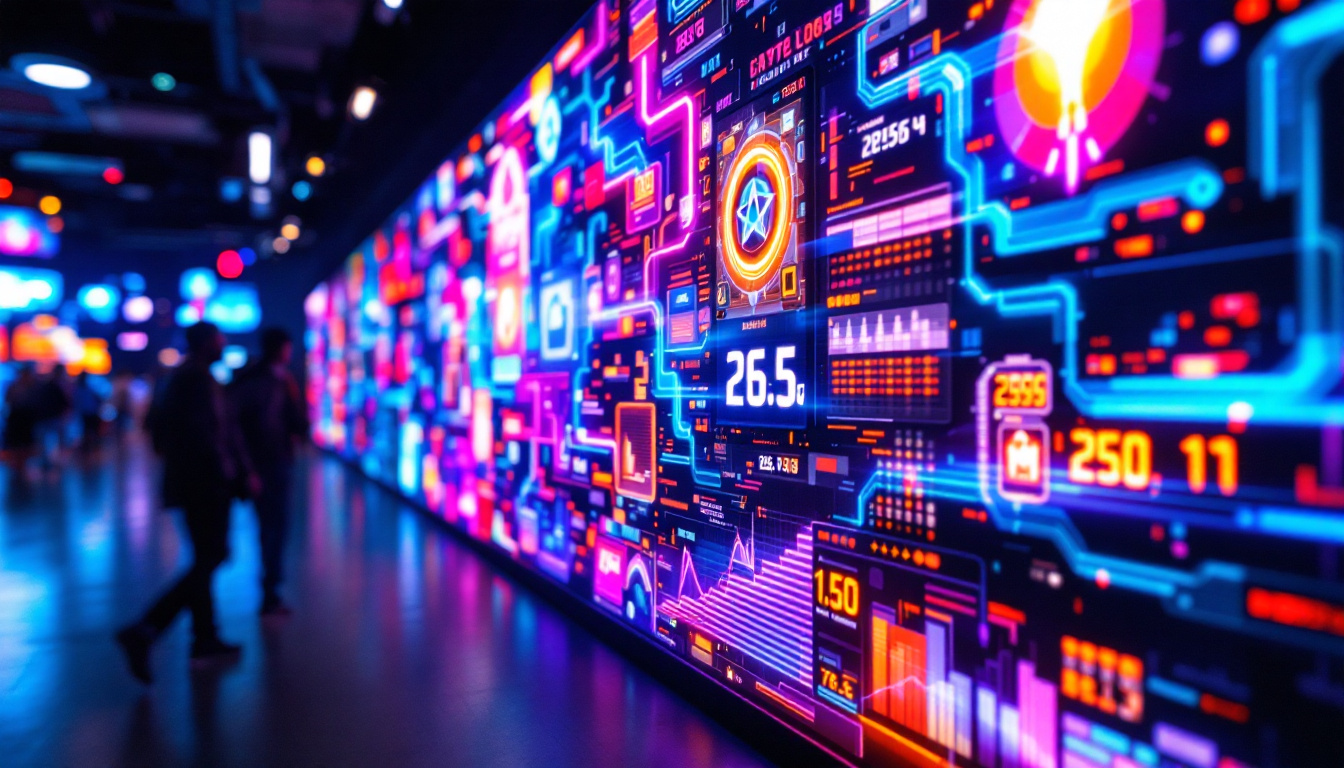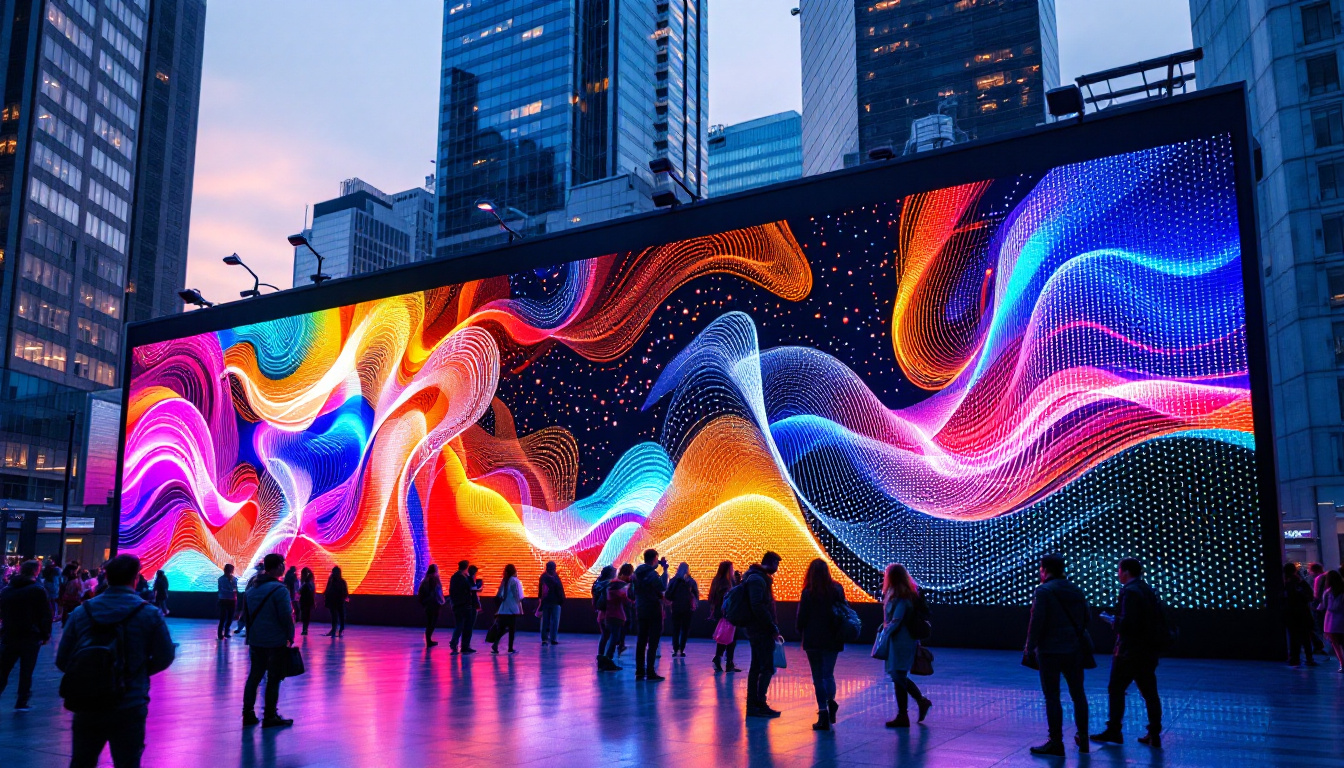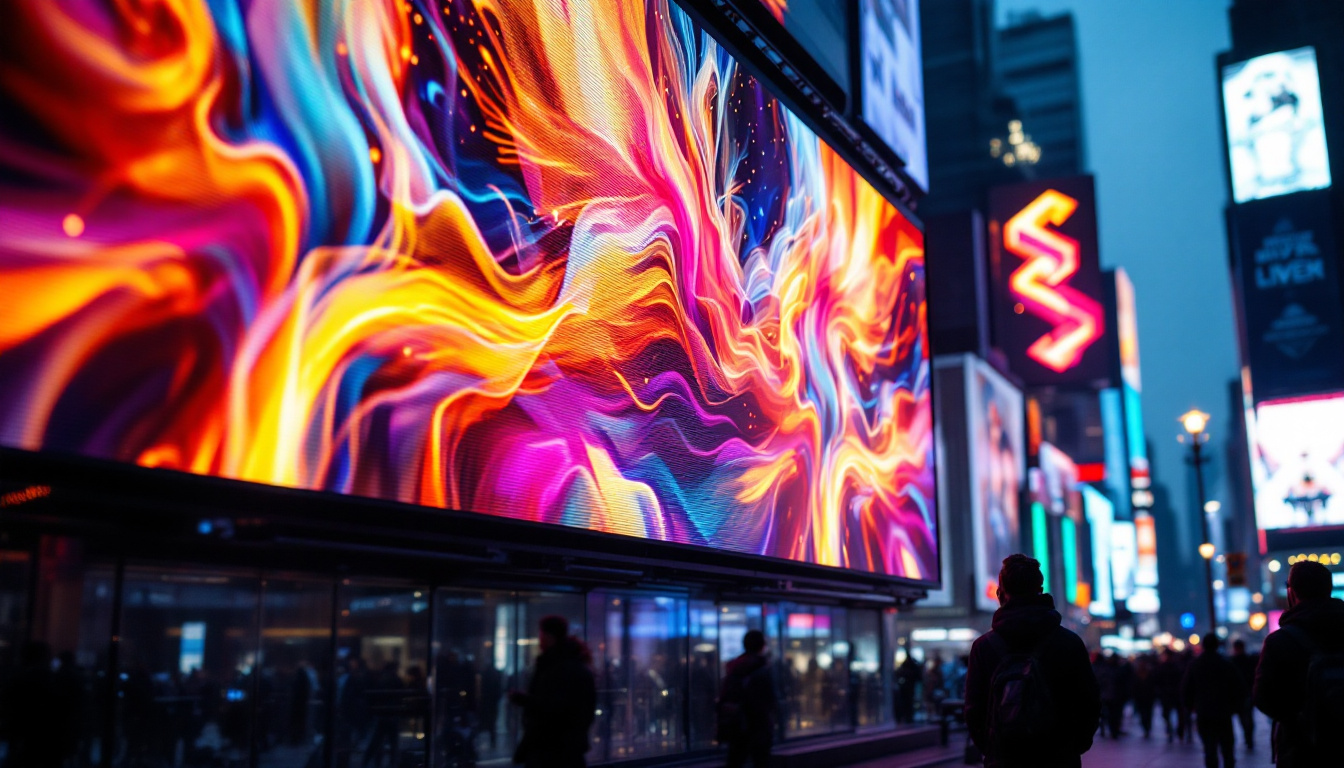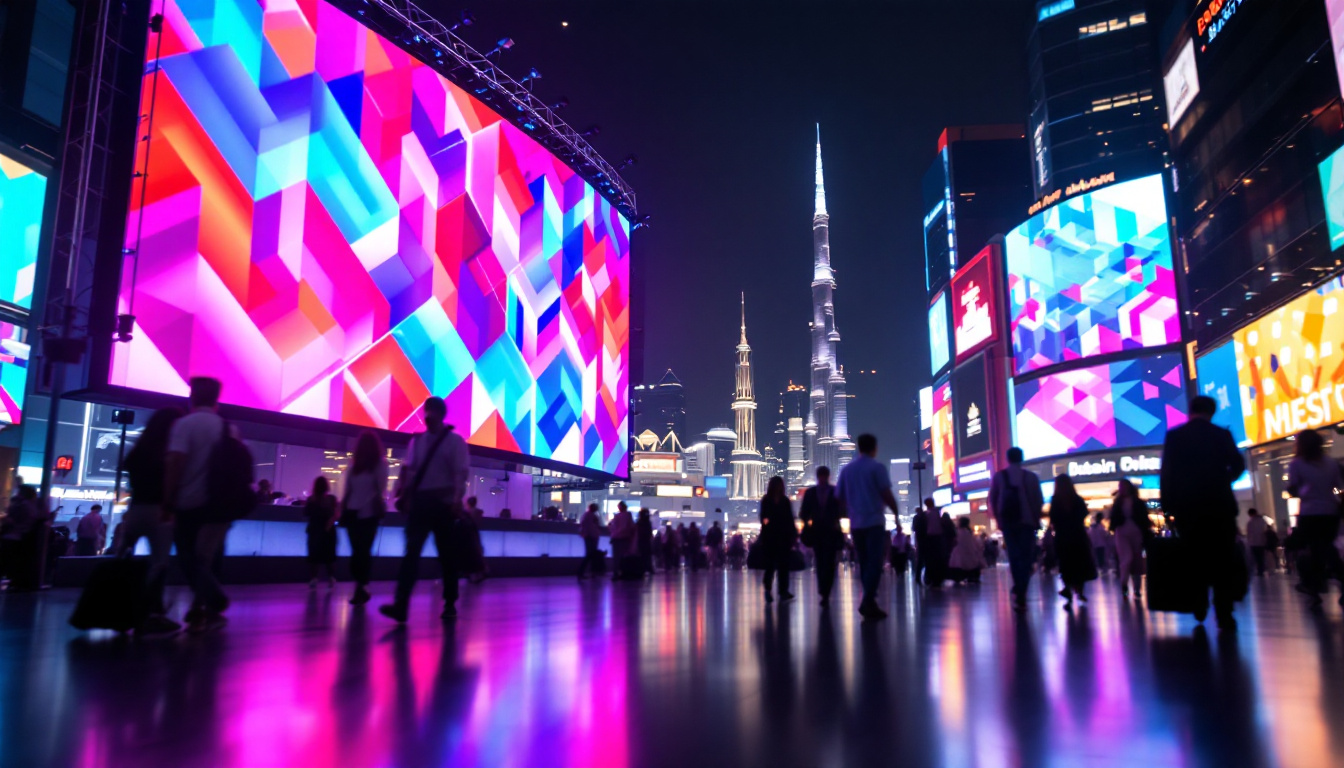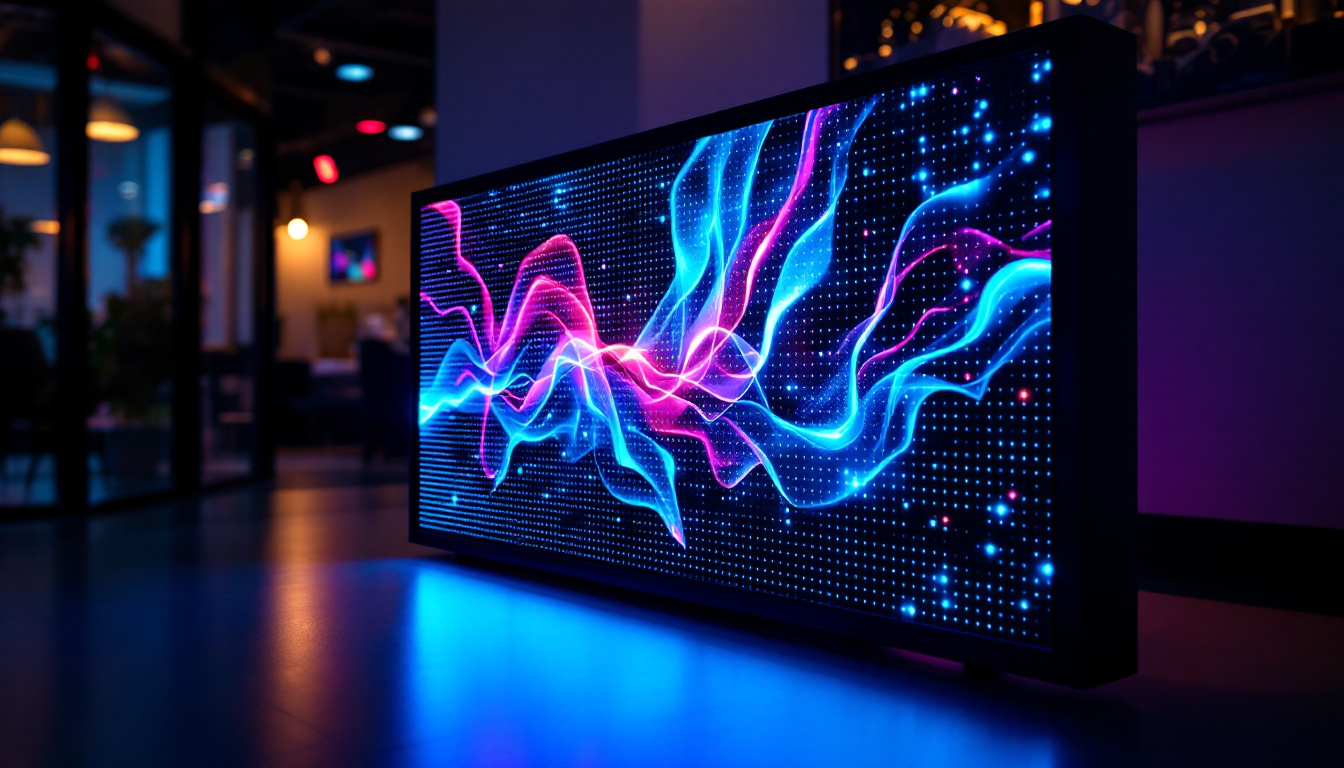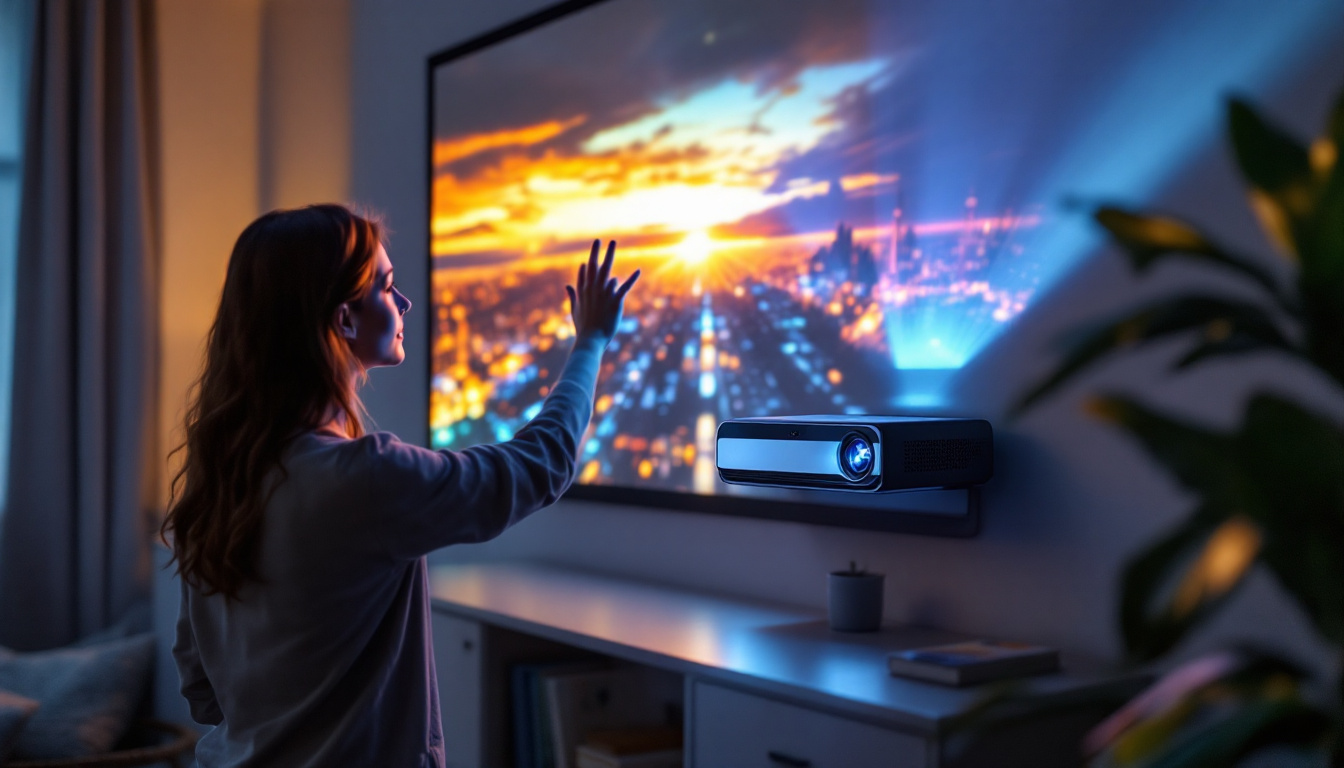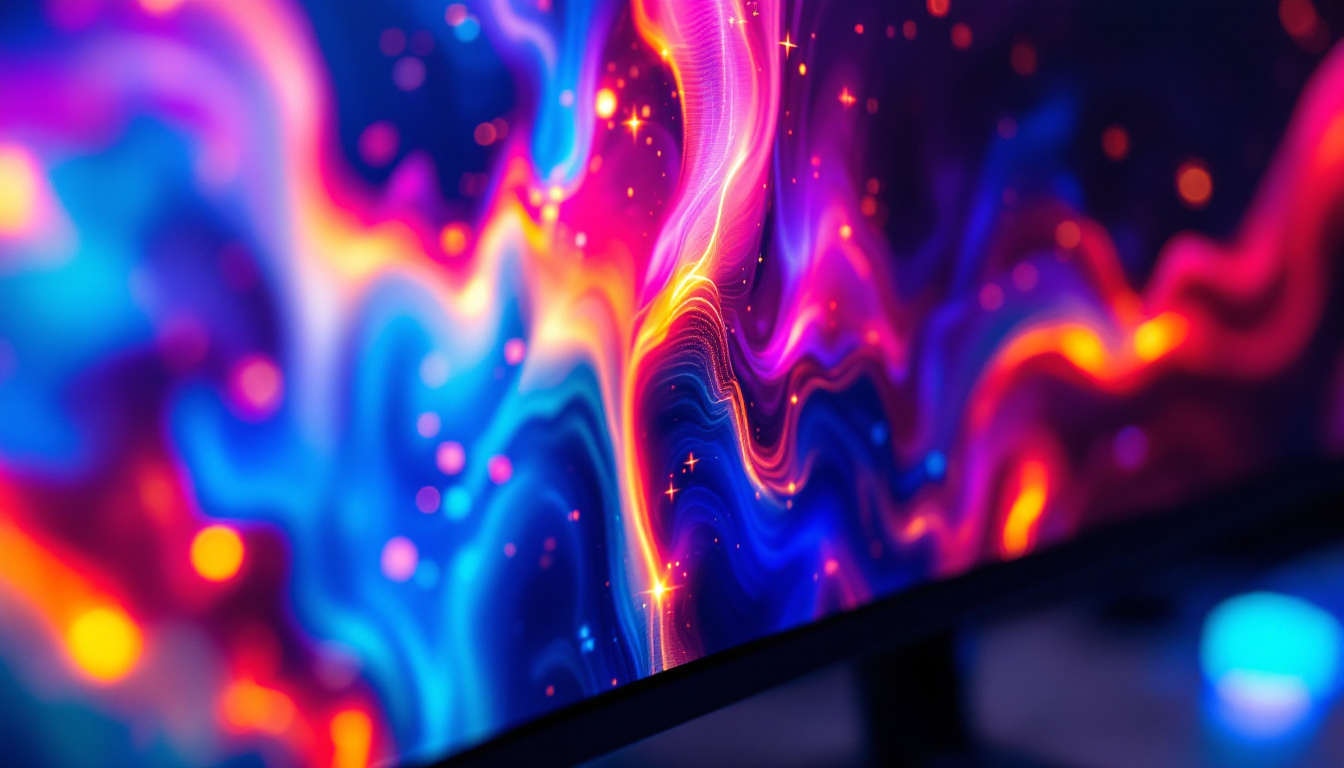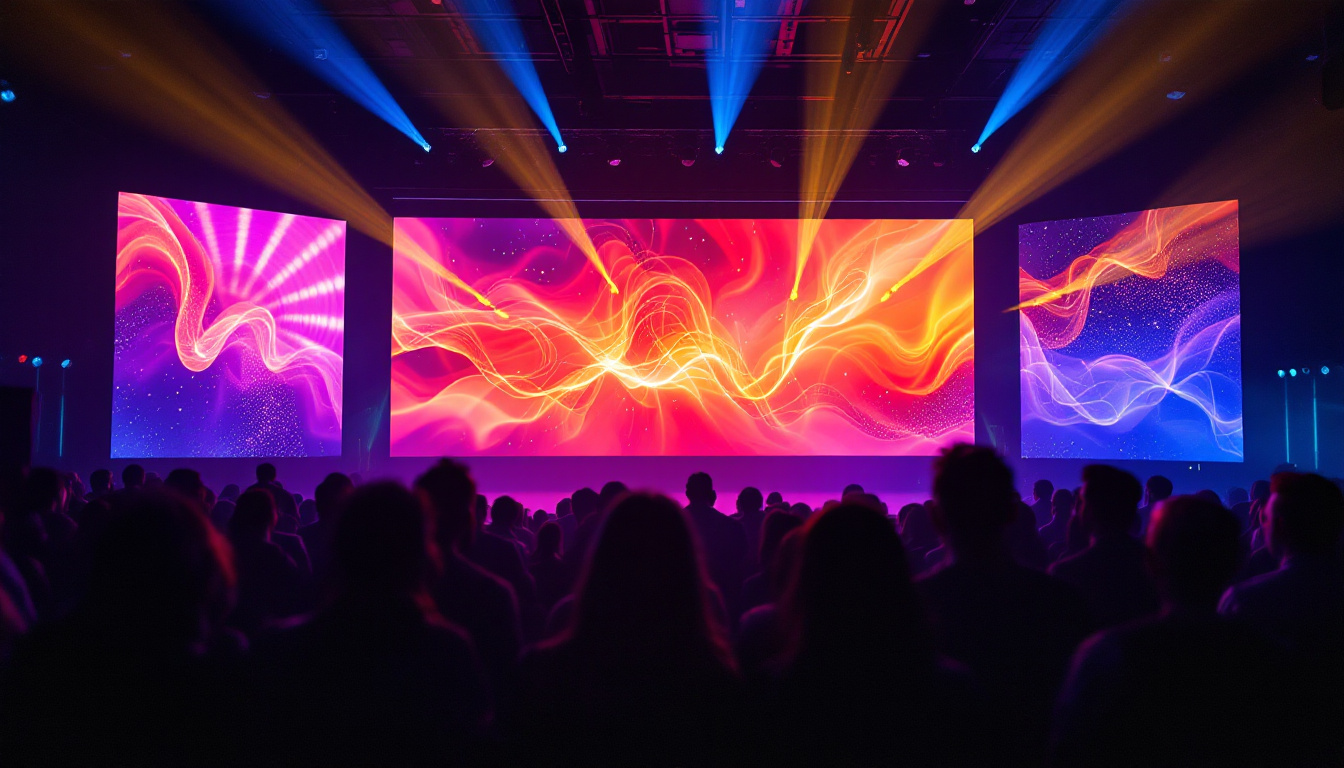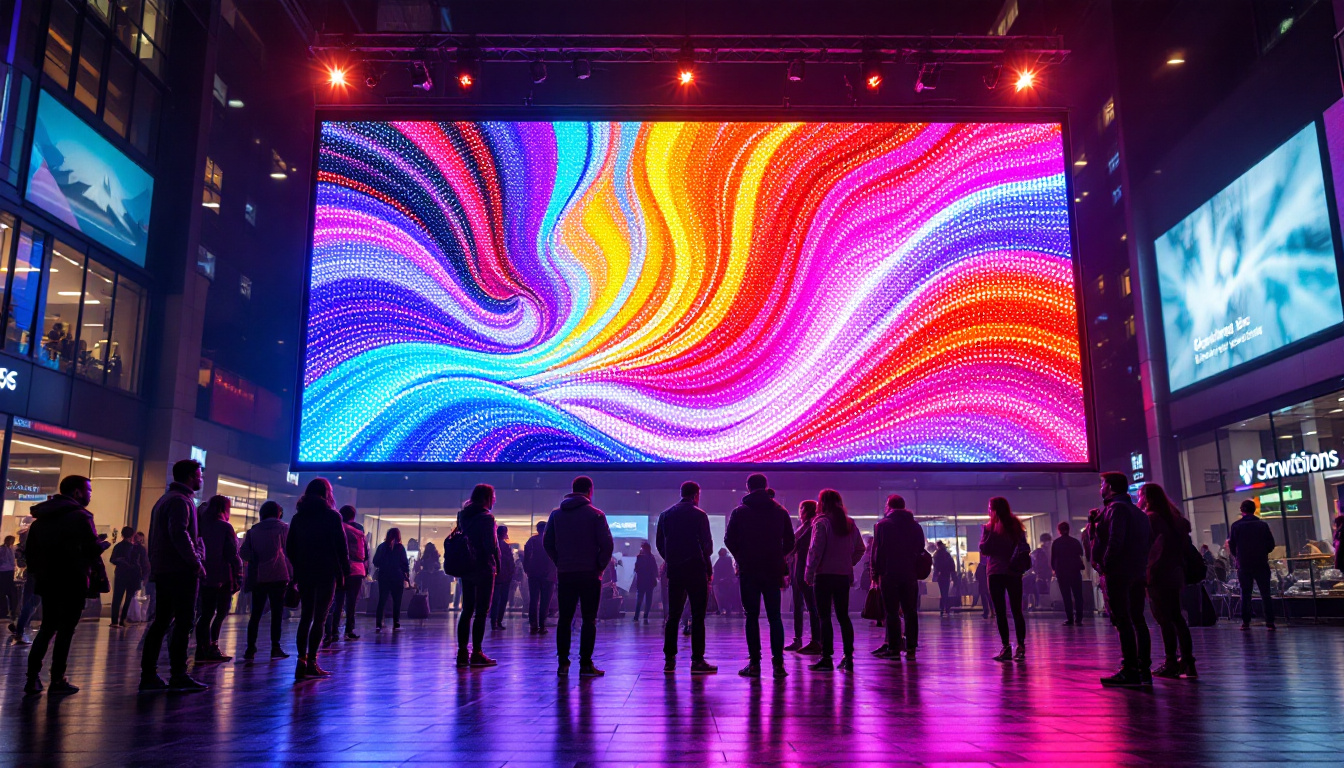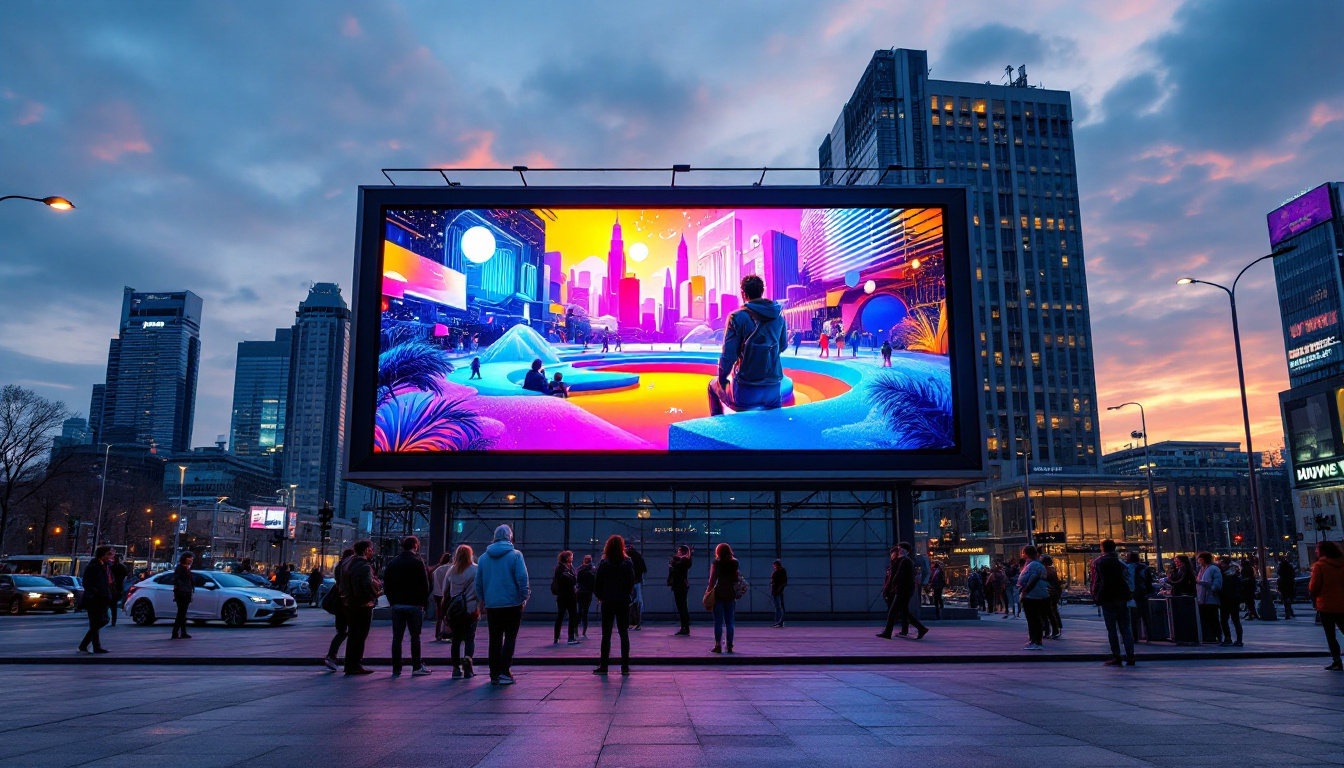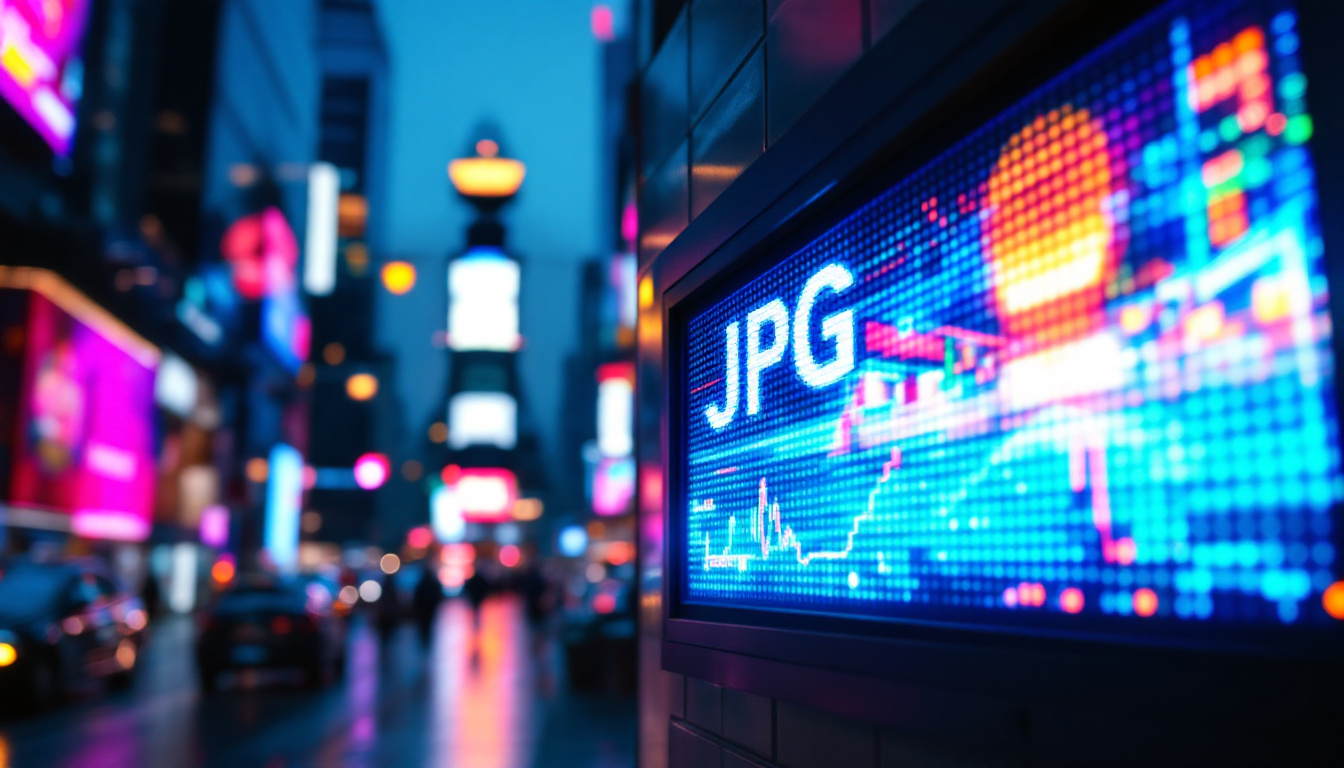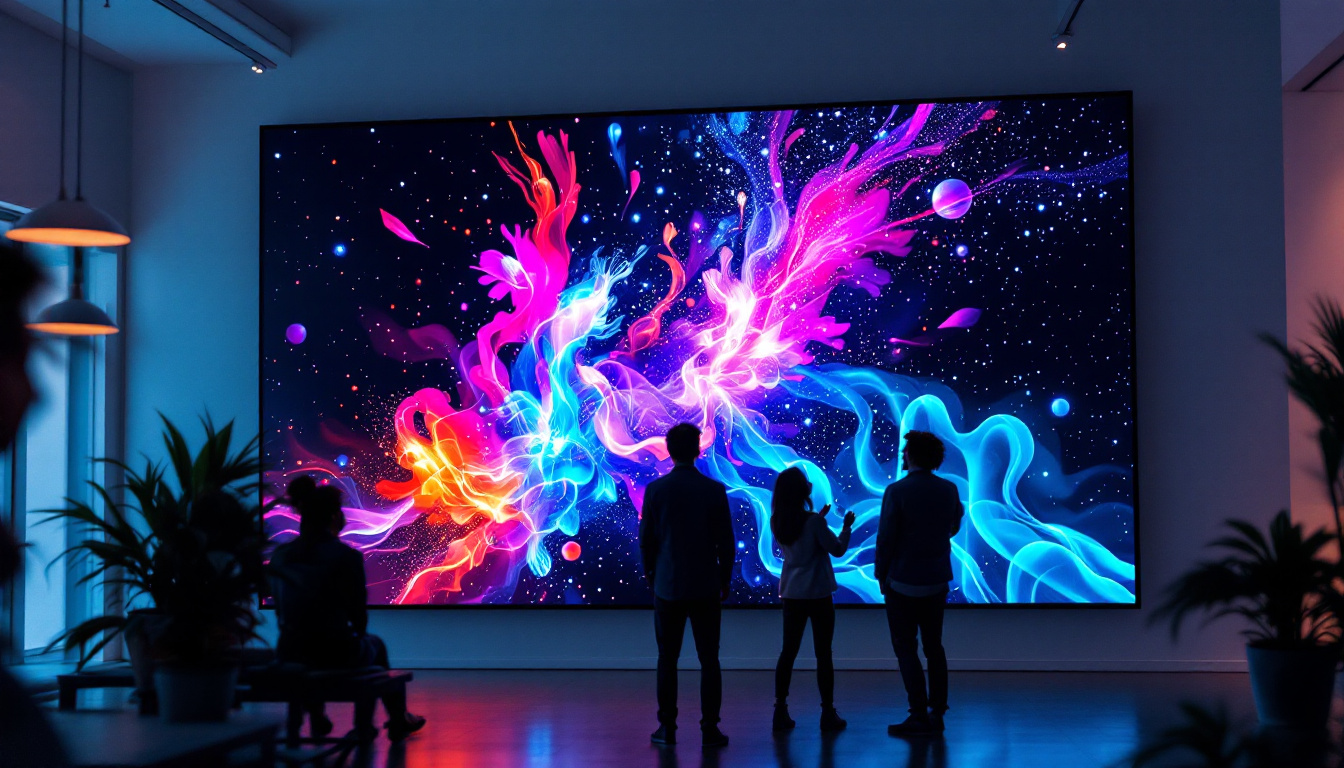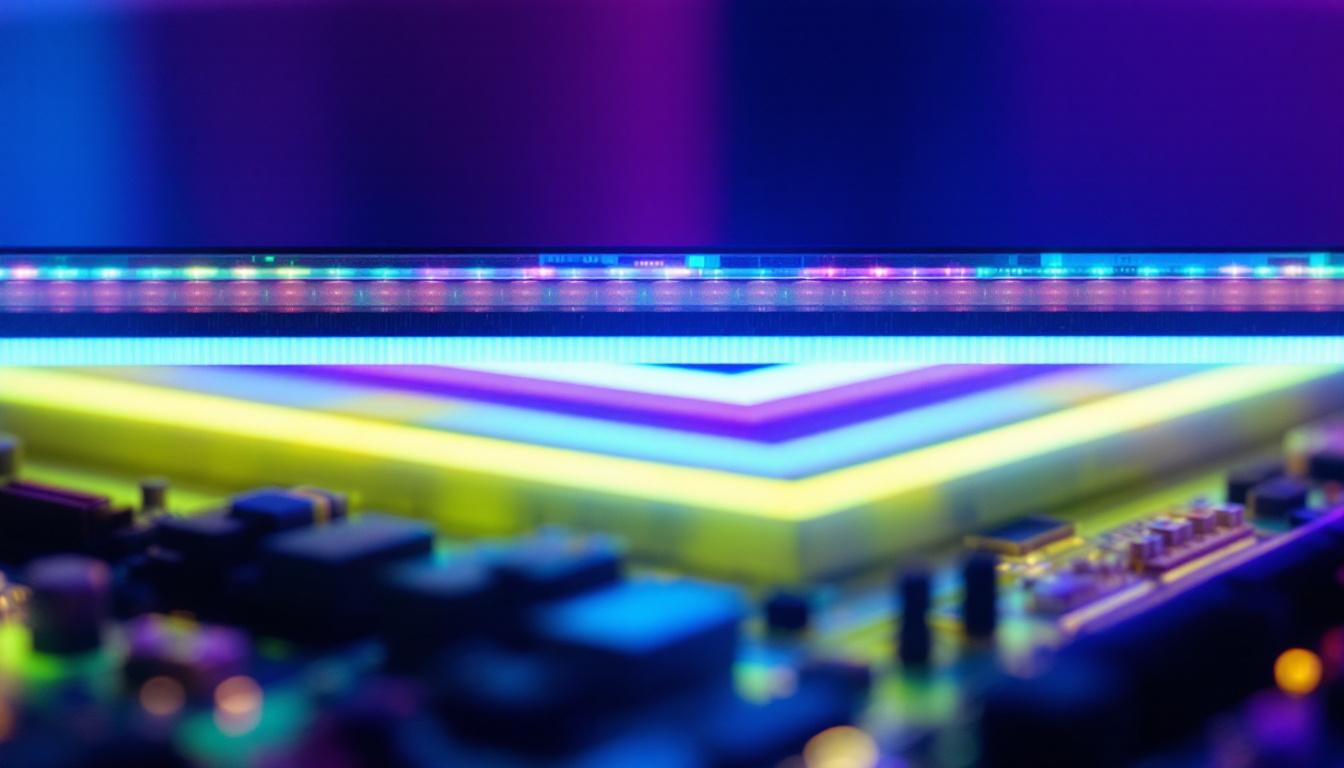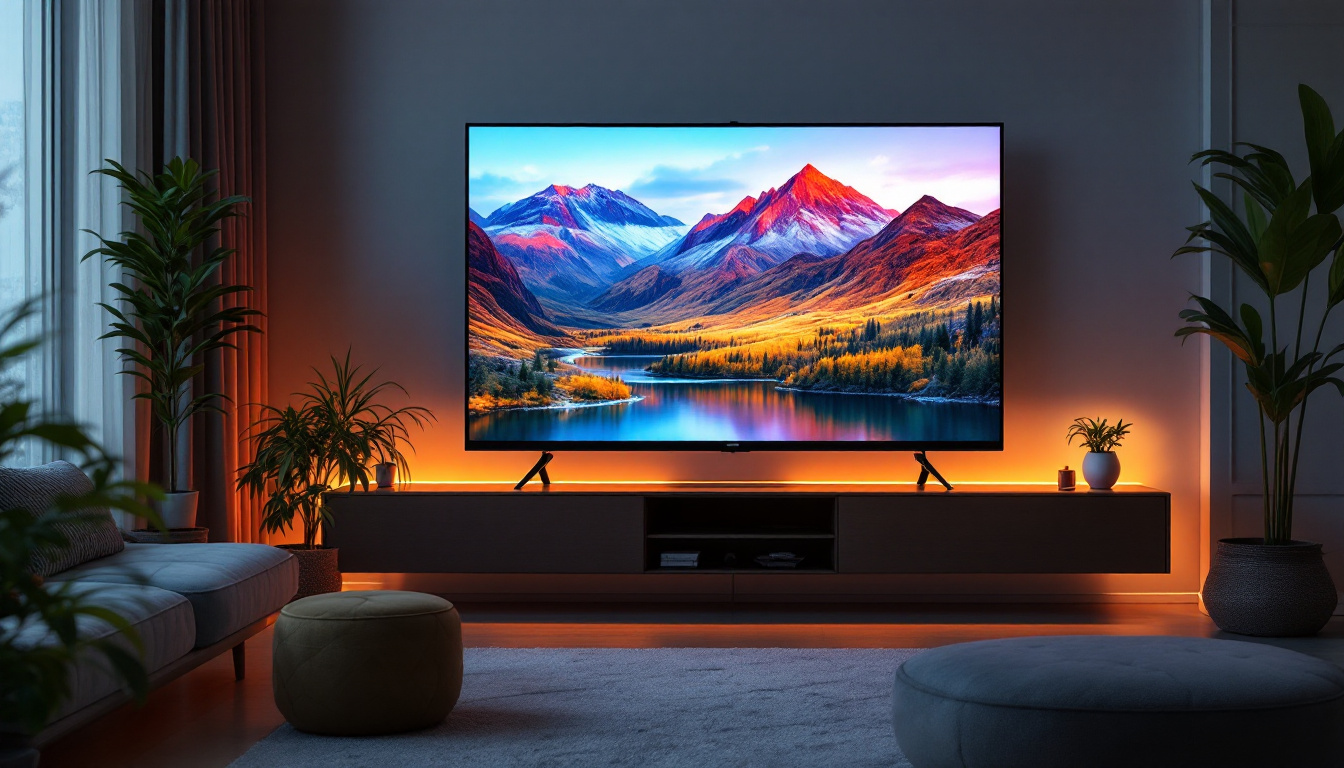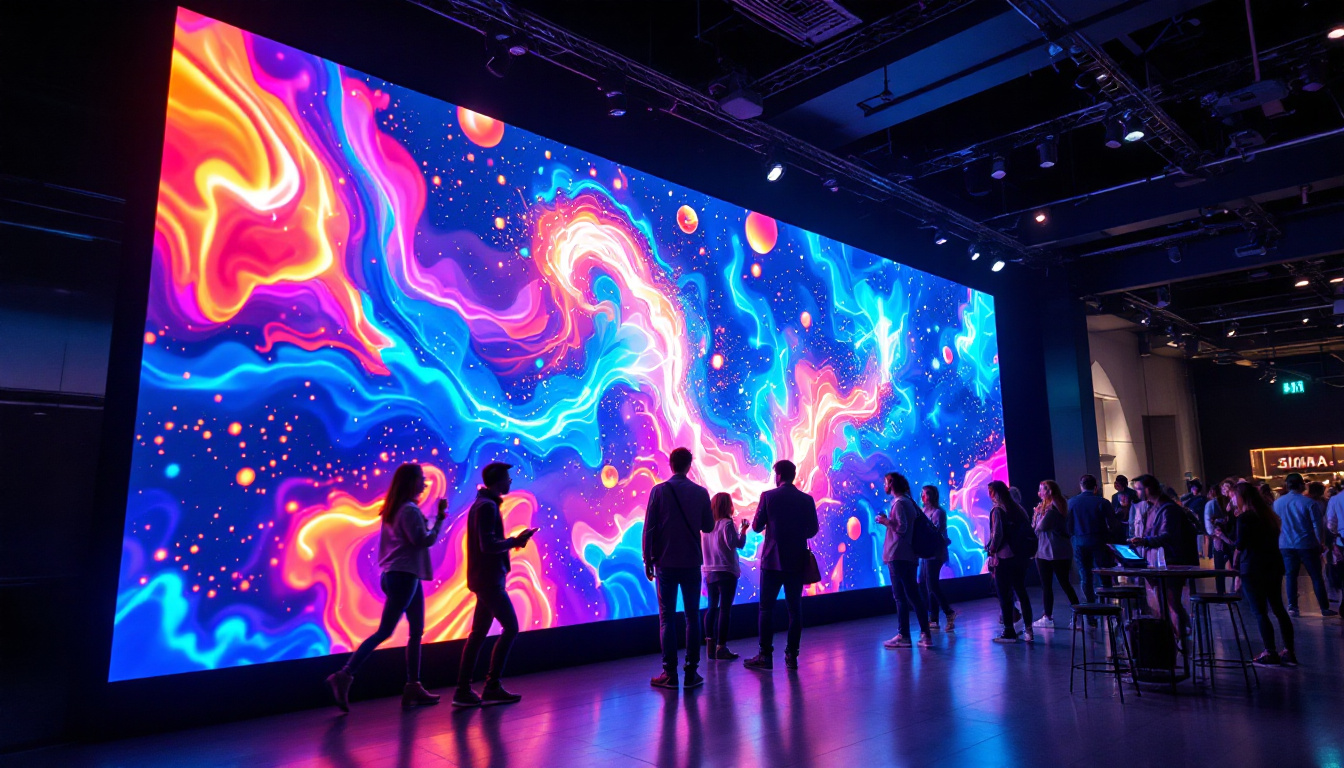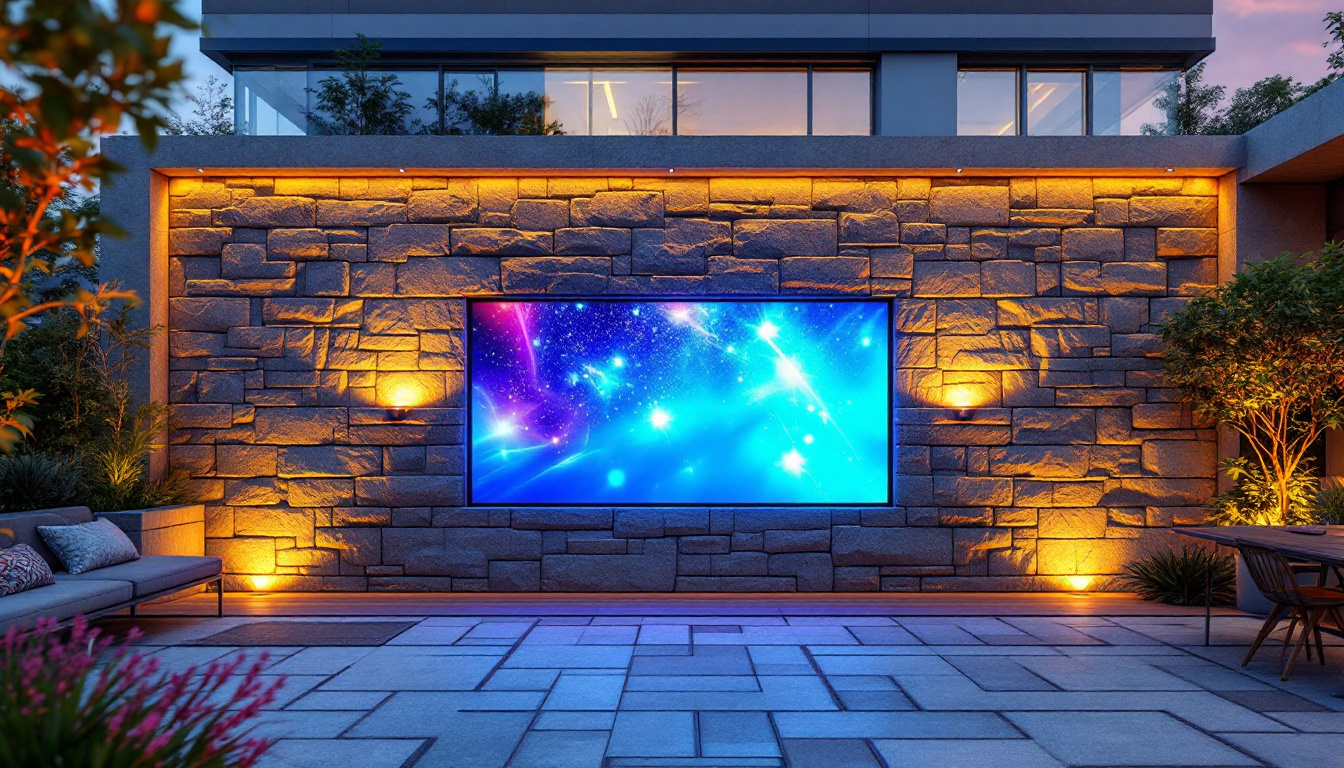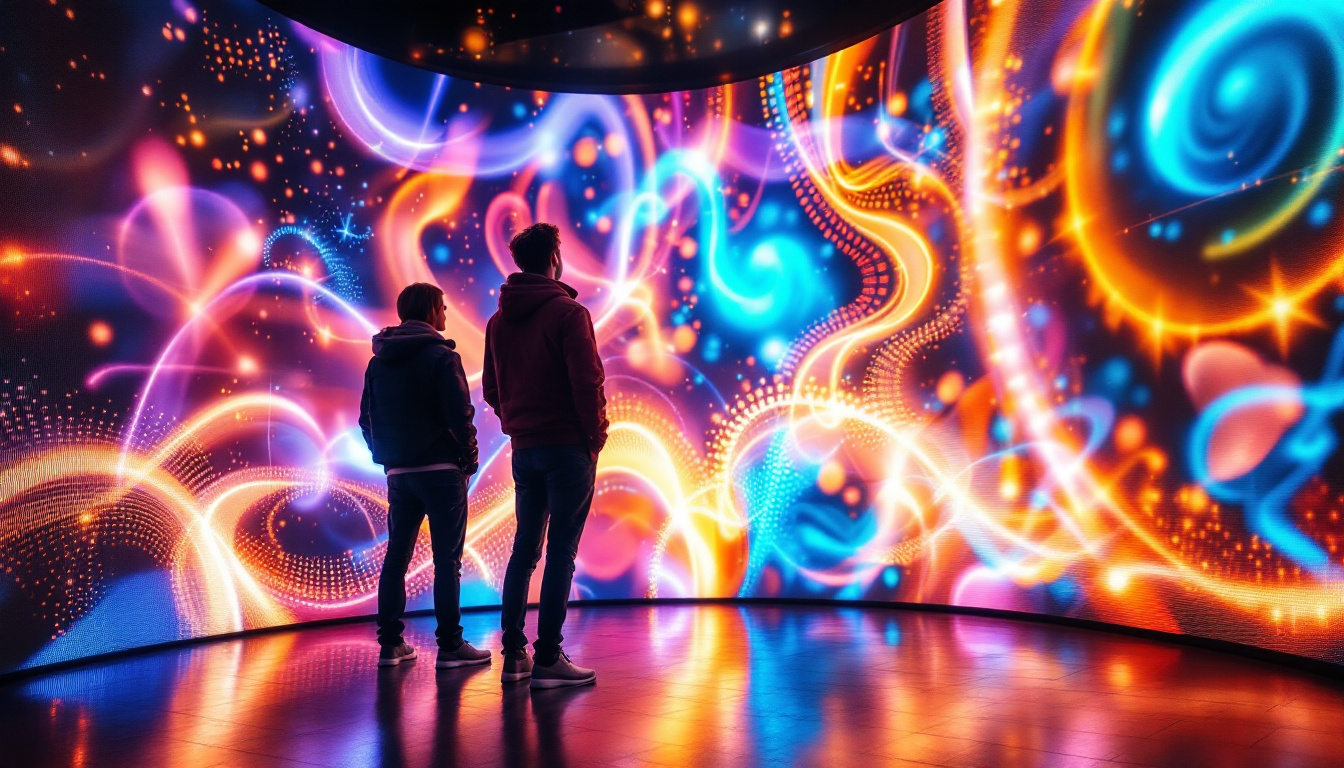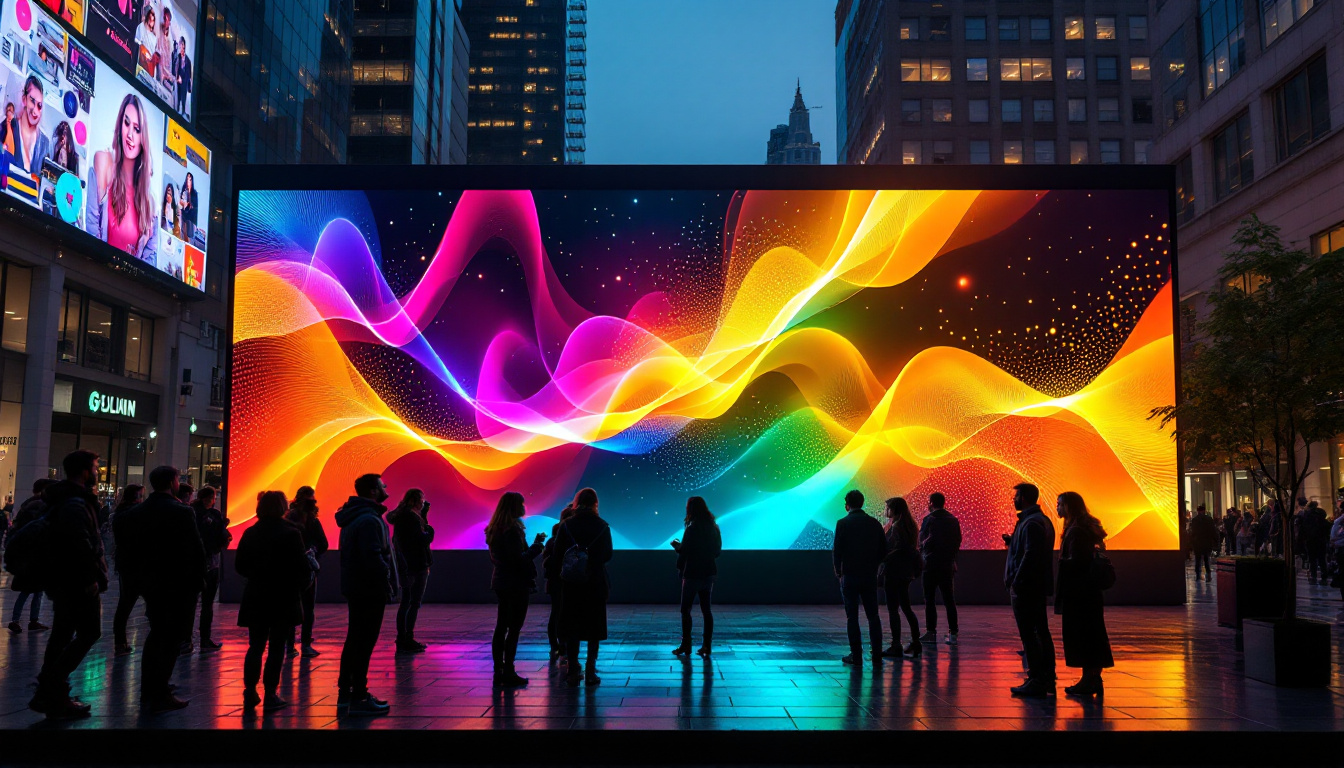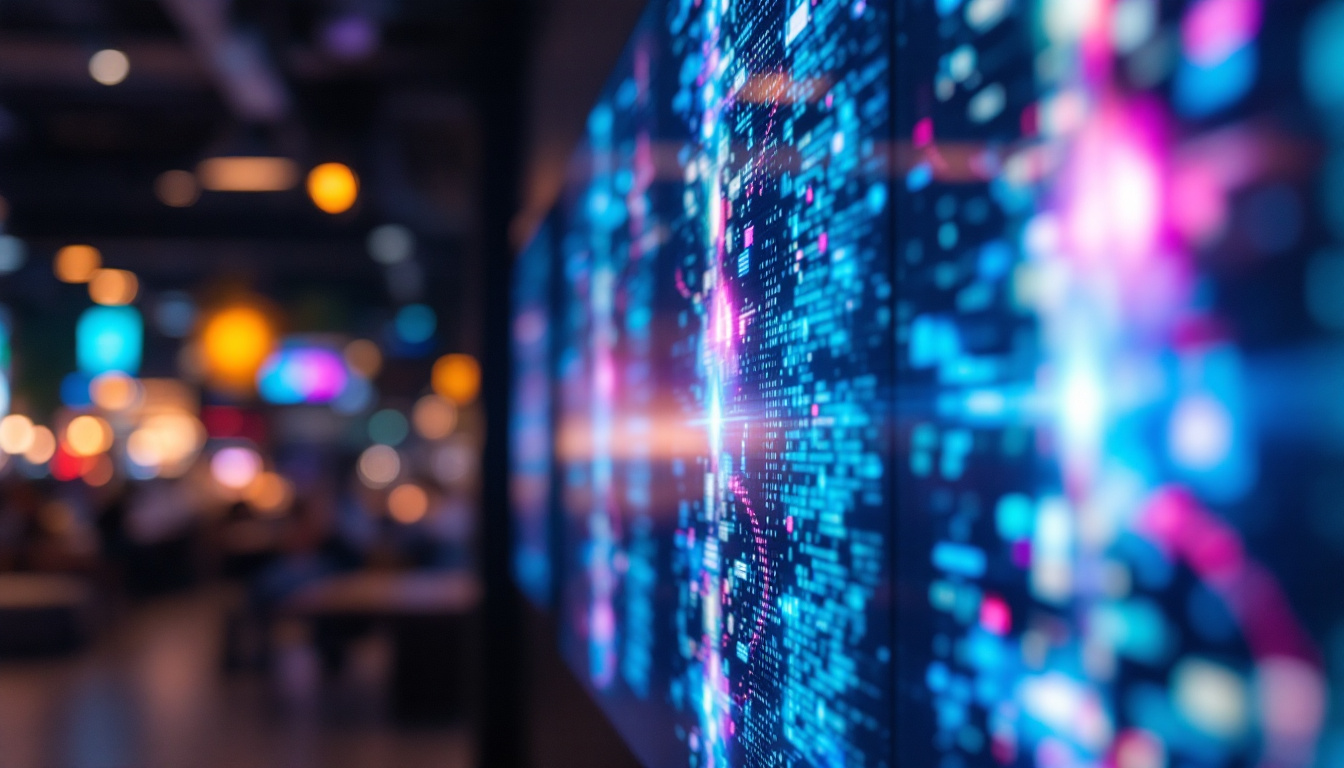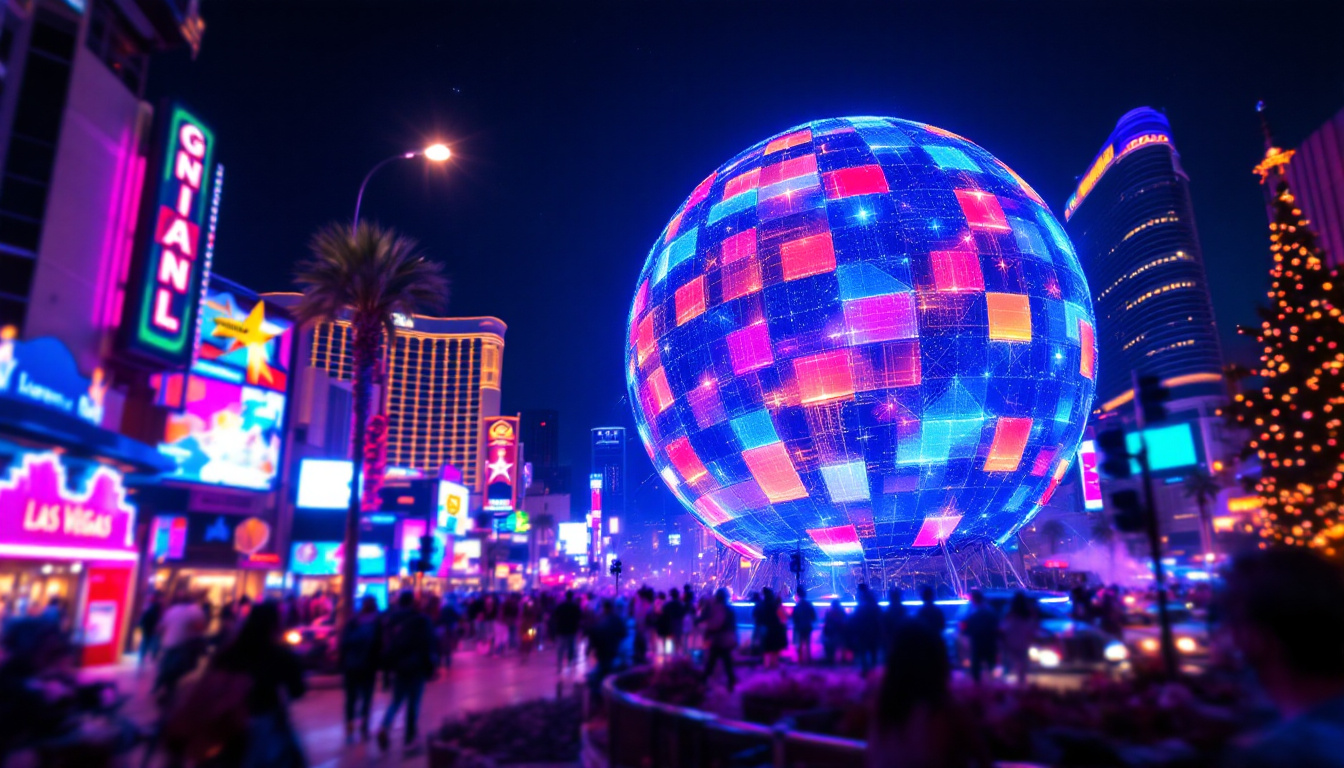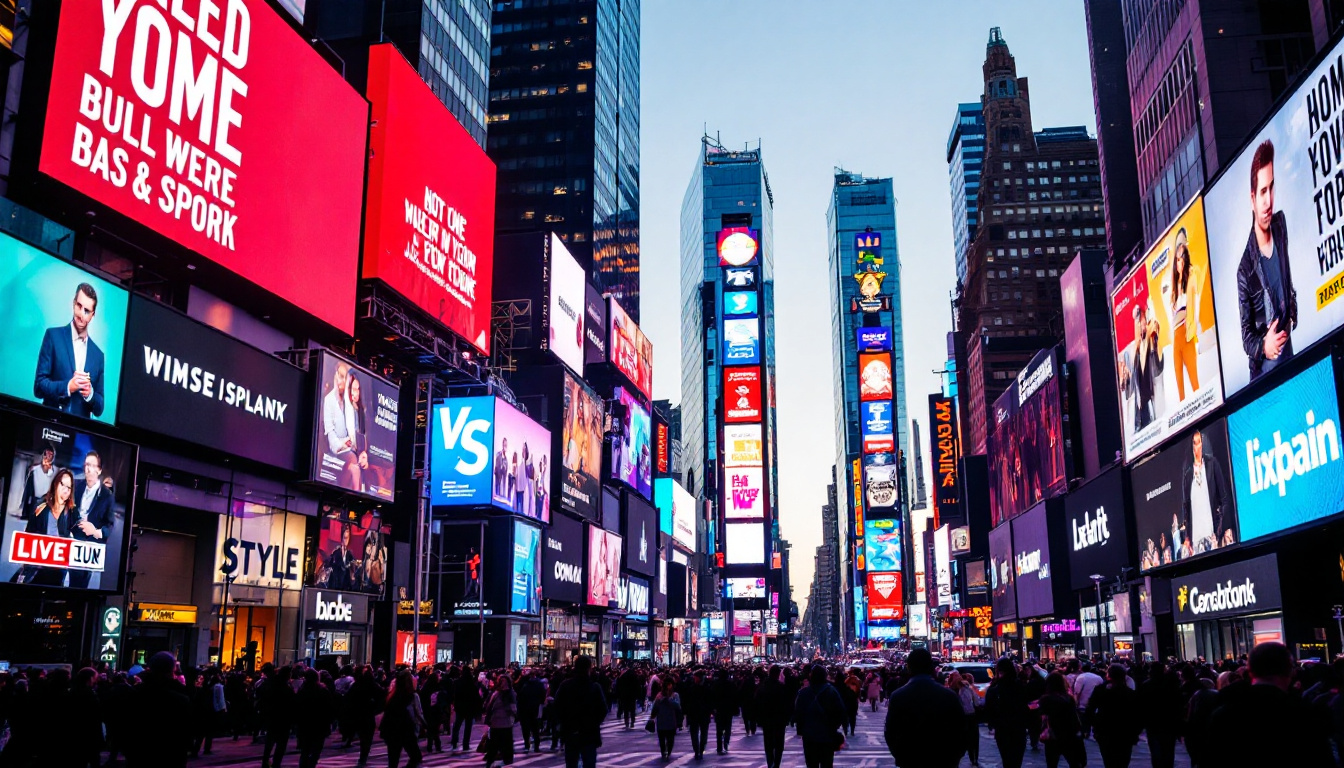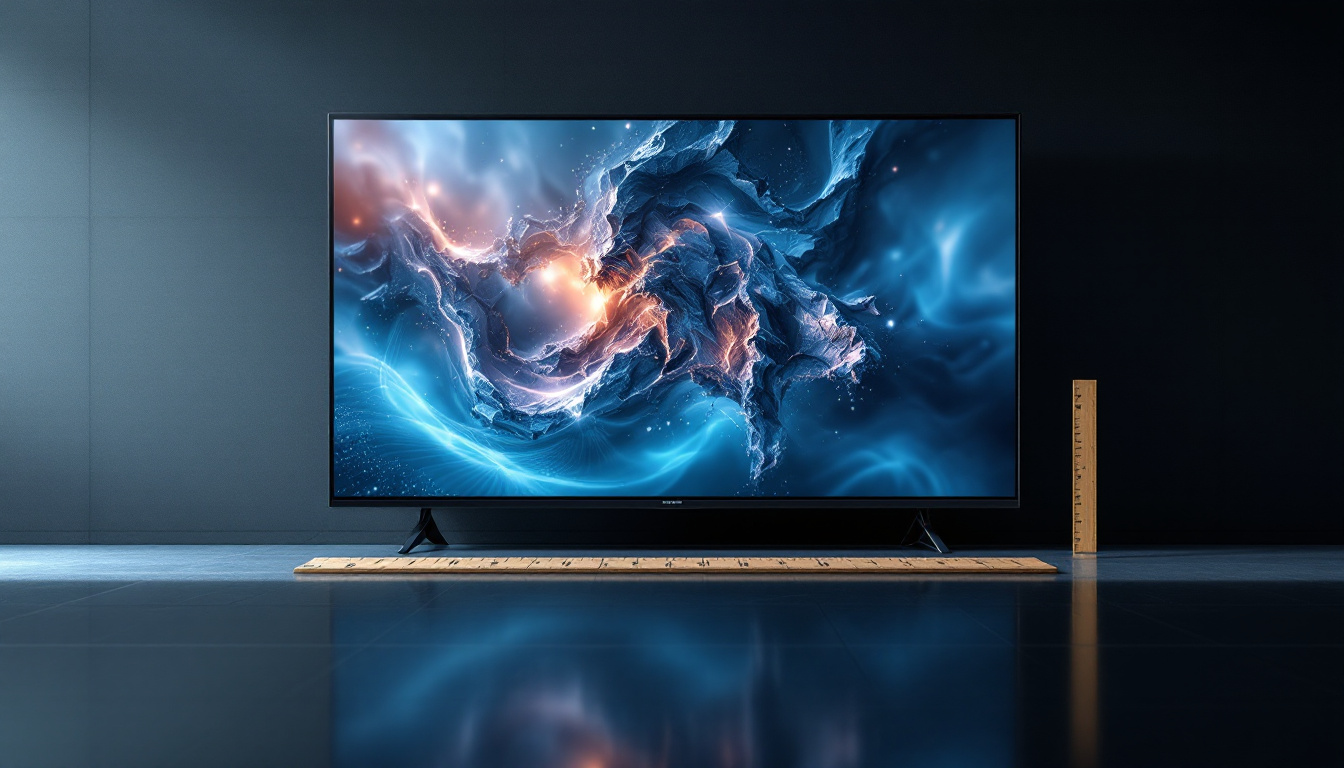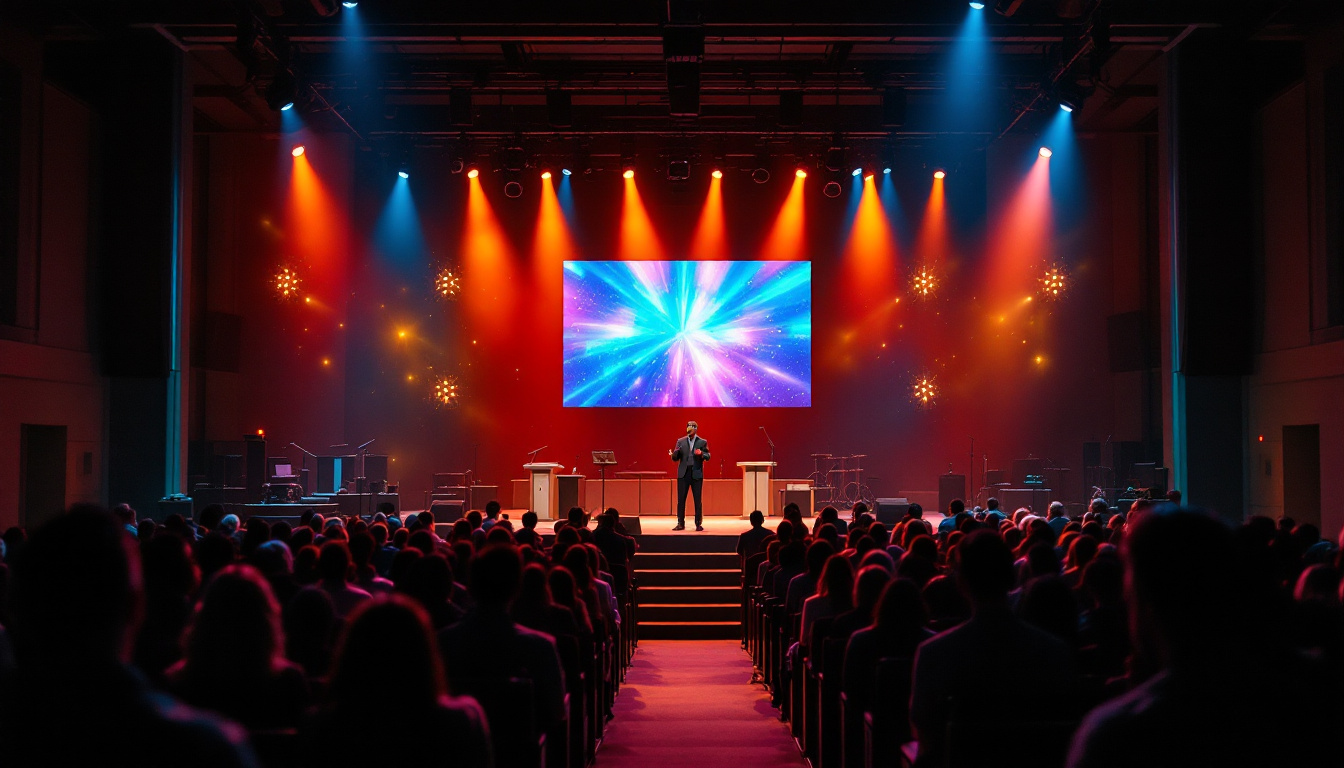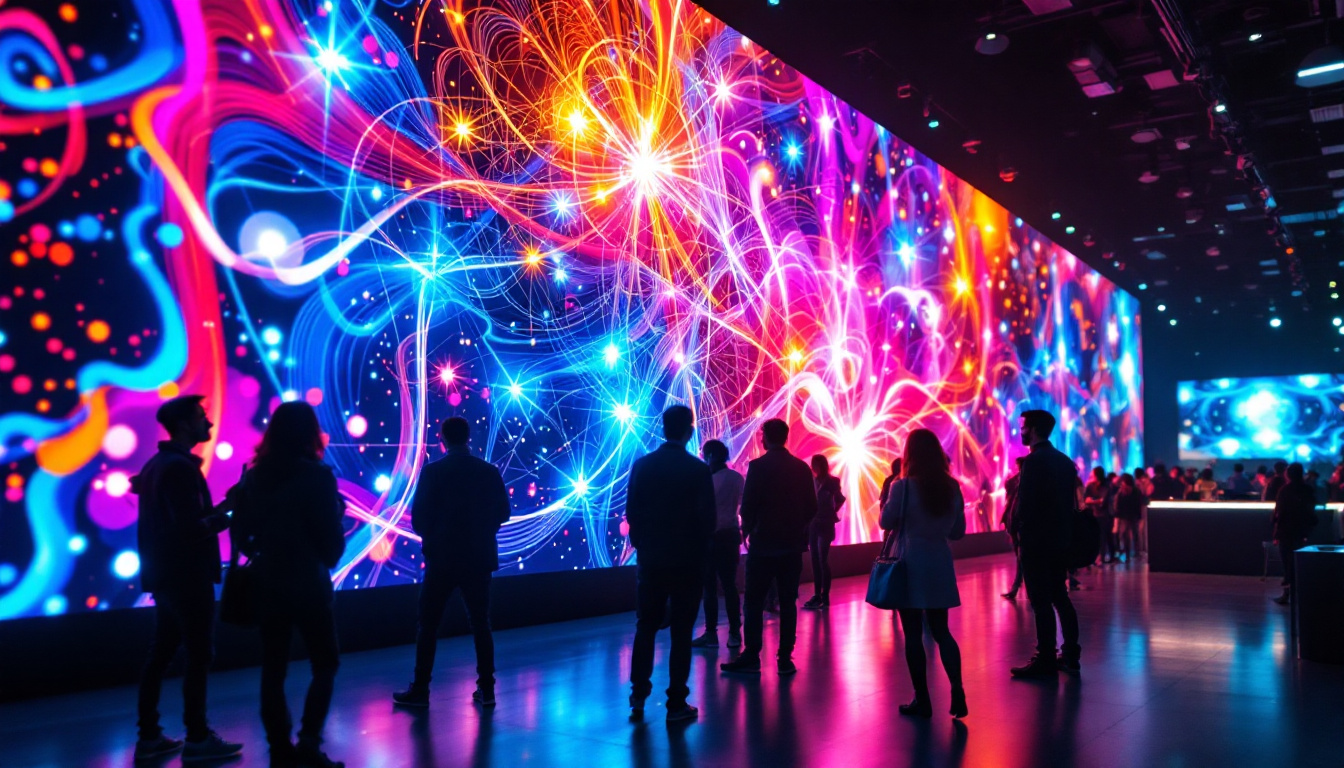In the rapidly evolving world of technology, LED displays have emerged as a transformative force in various sectors, from entertainment to advertising. The phrase “Game Is Walls” encapsulates the idea that walls can become dynamic canvases, engaging viewers in ways previously thought impossible. This article delves into the intricacies of LED displays, exploring their technology, applications, and impact on modern communication.
Understanding LED Technology
Light Emitting Diodes (LEDs) are semiconductor devices that emit light when an electric current passes through them. This fundamental principle underpins the technology behind LED displays, which have gained popularity due to their efficiency, brightness, and versatility.
The Basics of LED Display Construction
At its core, an LED display is composed of numerous individual LEDs arranged in a grid. Each LED can be controlled independently, allowing for the creation of vibrant images and animations. The most common configurations include RGB (Red, Green, Blue) systems, where each pixel is made up of these three colors. By adjusting the intensity of each color, a full spectrum of colors can be produced, resulting in stunning visuals.
Modern LED displays can be categorized into two primary types: direct view and backlit. Direct view displays are made entirely of LEDs, while backlit displays utilize LEDs to illuminate an LCD panel. Each type has its own advantages, with direct view displays often offering superior brightness and contrast. Additionally, the modular nature of direct view displays allows for greater flexibility in design, enabling large-scale installations that can be customized to fit various environments, from concert stages to massive outdoor billboards.
How LED Displays Work
LED displays operate on a simple yet effective principle. When electrical current flows through the semiconductor material in an LED, it excites the atoms, causing them to emit photons, or light particles. The color of the emitted light depends on the materials used in the semiconductor. By combining different colors of light, a full-color display can be achieved.
The control of these LEDs is managed by sophisticated software that dictates which LEDs to illuminate and at what intensity. This allows for the display of complex images and videos, making LED technology a favorite in advertising, sports venues, and entertainment industries. Furthermore, advancements in LED technology have led to the development of features such as dynamic brightness adjustment, which optimizes visibility in varying lighting conditions, and energy-efficient designs that reduce power consumption while maintaining high-quality output. These innovations not only enhance the user experience but also contribute to sustainability efforts by lowering the carbon footprint associated with traditional lighting methods.
Applications of LED Displays
The versatility of LED displays has led to their widespread adoption across various fields. From large-scale billboards to small handheld devices, the applications are virtually limitless.
Advertising and Marketing
One of the most prominent uses of LED displays is in advertising. Digital billboards equipped with LED technology can capture attention more effectively than traditional static signs. Their ability to change content instantly allows advertisers to tailor messages to specific audiences or times of day, maximizing engagement.
Moreover, LED displays can be found in retail environments, where they serve as dynamic signage to promote products and special offers. The bright colors and high resolution of these displays can significantly enhance the shopping experience, drawing customers in and encouraging purchases.
Entertainment and Events
In the realm of entertainment, LED displays have revolutionized how audiences experience live events. Concerts, sports games, and festivals often feature massive LED screens that provide close-up views of performances or action. These displays can also be synchronized with lighting effects and sound to create an immersive atmosphere.
Beyond live events, LED technology is also prevalent in cinemas and theaters. The vivid colors and high contrast ratios of LED displays enhance the viewing experience, making films more engaging and visually striking.
Architectural and Decorative Uses
LED displays are not just functional; they are also increasingly used for aesthetic purposes in architecture. Buildings can incorporate LED screens into their facades, creating stunning visual displays that can be changed according to seasons, events, or promotional campaigns. This integration of technology and design allows for unique expressions of creativity.
Additionally, LED displays are often used in art installations, where artists leverage the technology to create interactive and dynamic pieces. These installations can engage viewers in new ways, blurring the lines between art and technology.
The Advantages of LED Displays
LED displays offer numerous advantages over traditional display technologies, making them a preferred choice for many applications.
Energy Efficiency
One of the most significant benefits of LED technology is its energy efficiency. LED displays consume significantly less power compared to traditional incandescent or fluorescent displays. This not only reduces operational costs but also minimizes the environmental impact, making LED displays a more sustainable choice.
Furthermore, advancements in LED technology continue to improve energy efficiency, with newer models using even less power while providing brighter and more vibrant displays.
Longevity and Durability
LED displays are known for their longevity. With a lifespan that can exceed 100,000 hours, these displays require less frequent replacements compared to traditional technologies. This durability is particularly advantageous in outdoor settings, where displays are exposed to harsh weather conditions.
Additionally, LED technology is more resistant to shock and vibration, making it suitable for various environments, including those with heavy foot traffic or outdoor installations.
High Brightness and Contrast
LED displays excel in brightness and contrast, making them ideal for environments with high ambient light. Unlike traditional displays, which can wash out in bright conditions, LED displays maintain their visibility, ensuring that content is easily viewable at all times.
This high brightness also allows for vibrant colors and sharp images, enhancing the overall viewing experience. Whether it’s a billboard on a busy street or a screen in a stadium, LED displays stand out and capture attention effectively.
Challenges and Considerations
Despite their numerous advantages, LED displays are not without challenges. Understanding these challenges is crucial for anyone considering the implementation of LED technology.
Initial Costs
The initial investment for LED displays can be significant. Although prices have decreased over the years, high-quality LED displays still represent a considerable upfront cost. This can be a barrier for small businesses or organizations with limited budgets.
However, it is essential to consider the long-term savings associated with energy efficiency and reduced maintenance costs. Over time, the return on investment can justify the initial expenditure.
Heat Generation
LED displays generate heat during operation, which can be a concern, especially in large installations. Proper heat management is essential to ensure the longevity and performance of the display. This may involve the use of cooling systems or careful placement to avoid overheating.
In some cases, excessive heat can lead to performance issues or reduced lifespan, making it crucial to consider thermal management when designing LED display installations.
Content Management
Another challenge associated with LED displays is content management. The effectiveness of an LED display is heavily reliant on the quality and relevance of the content being displayed. Organizations must invest in content creation and management systems to ensure that their displays remain engaging and effective.
This can involve hiring specialized personnel or using software solutions to streamline the process. Without proper content management, even the most advanced LED display may fail to capture the audience’s attention.
The Future of LED Displays
The future of LED displays looks promising, with ongoing advancements in technology and applications. As the demand for dynamic visual communication continues to grow, innovations in LED technology are expected to follow suit.
Advancements in Technology
Emerging technologies, such as MicroLED and MiniLED, are set to revolutionize the LED display market. These innovations offer improved resolution, color accuracy, and energy efficiency, pushing the boundaries of what is possible with LED displays.
Furthermore, the integration of artificial intelligence and machine learning into content management systems will enhance the ability to tailor content to specific audiences, optimizing engagement and effectiveness.
Integration with Smart Technologies
The rise of smart technologies presents exciting opportunities for LED displays. As cities become smarter and more connected, LED displays can play a crucial role in communication and information dissemination.
From smart billboards that adjust content based on traffic patterns to interactive displays that engage users in real-time, the possibilities are vast. This integration will enhance the functionality of LED displays, making them integral to future urban landscapes.
Environmental Considerations
As sustainability becomes a focal point for many industries, the LED display market is also evolving. Manufacturers are increasingly focusing on environmentally friendly production processes and materials. This shift not only addresses consumer concerns but also aligns with global efforts to reduce carbon footprints.
Additionally, recycling programs for old LED displays are becoming more common, ensuring that electronic waste is managed responsibly. This commitment to sustainability will likely shape the future of LED technology.
Conclusion
LED displays have transformed the way information is communicated, offering vibrant visuals and dynamic content that engage audiences like never before. From advertising to entertainment and beyond, the applications of LED technology are vast and varied.
While challenges exist, the advantages of LED displays—such as energy efficiency, longevity, and high brightness—make them an attractive option for a wide range of uses. As technology continues to advance, the future of LED displays promises even more exciting possibilities, paving the way for innovative solutions in communication and design.
In a world where the phrase “Game Is Walls” resonates, LED displays stand at the forefront, turning ordinary walls into extraordinary experiences. Embracing this technology can unlock new avenues for engagement, creativity, and connection in an increasingly visual world.
Illuminate Your Space with LumenMatrix
Ready to elevate your environment and captivate your audience with unparalleled vibrancy? LumenMatrix is at the forefront of LED display innovation, offering a diverse range of solutions tailored to your unique needs. From Indoor and Outdoor LED Wall Displays to specialized options like Vehicle, Sports, and Floor LED Displays, our technology is designed to transform your space into a dynamic visual experience. Embrace the “Game Is Walls” philosophy and discover how our Custom, All-in-One, and Transparent LED Displays can revolutionize your visual communication. Check out LumenMatrix LED Display Solutions today and step into a world where your message shines with clarity and impact.

